Turning university innovation into reality
Cancer-detecting needles, an inflatable operating theatre and a light-based treatment for tinnitus are among the projects developed in university research that a Design Council programme is aiming to bring to market.
The mentoring programme is funded by the Department for Business, Innovation and Skills and links universities to designers with the aim of bringing university research projects to market.
The latest host of projects, from seven universities, were unveiled this week in a showcase to venture capitalists and other potential investors. A spokesman for the Design Council says, ‘There are hundreds of different technologies sitting around in university deparments and this programme aims to commercialise them.’
He adds that several of the teams are set to commission design projects in June.
A team from the University of Leicester has worked with Orthoscopics Ltd and Neil Gridley to develop a technology that can be used by patients to combat tinnitus. The project stems from research that has discovered that tailored different coloured lights can provide acute relief from the symptoms of tinnitus in 40 per cent of sufferers.
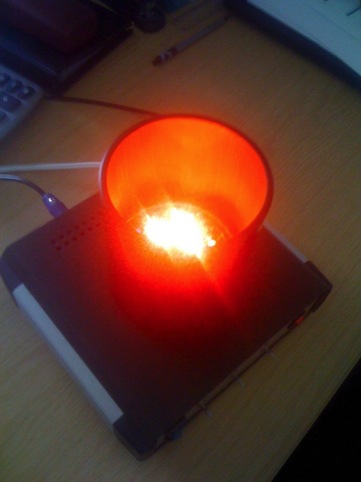
Researchers from the University of Bristol worked with Gareth Jones to develop the Intelligent Needle project. This uses laser light to provide a chemical fingerprint of human tissue in real-time, and could potentially be used to diagnose cancer, as an alternative to biopsies.
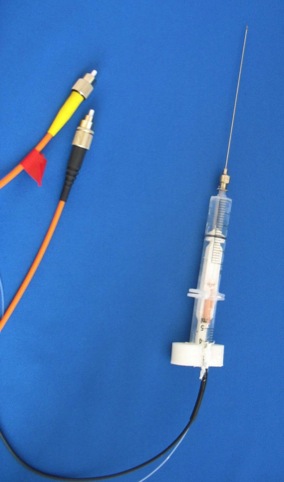
The Inflatable Operating Theatre project has been developed by Imperial College London and Studiohead working with Neil Gridley. The project has been developed as a portable, low-cost training environment for surgeons and medics – alternative static simulation facilities can cost up to £1 million.
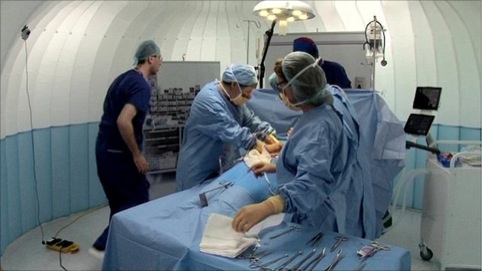
The Arkiris project, from a University of Exeter team working with Gareth Jones, aims to use technology formed from the study of butterfly wings to develop anti-counterfeiting technologies.
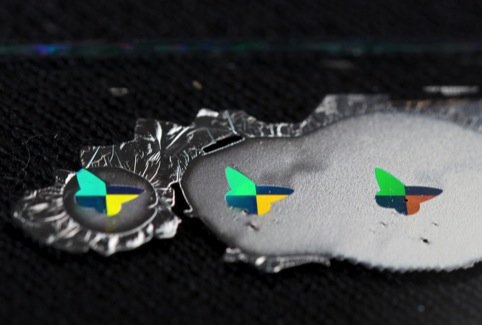
Solacatcher, developed by the University of Ulster with Ian Ferris, is a solar water-heating system that can collect solar energy and retain stored heat, and can also be easily integrated into most structures.
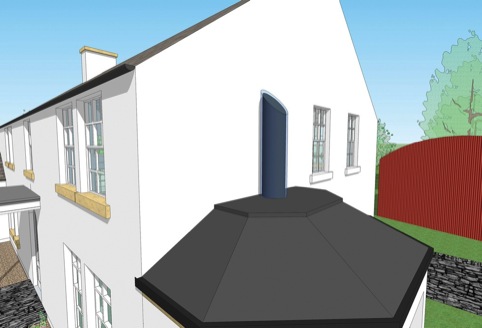
A team from the University of Reading, also working with Ian Ferris, alongside Qinetiq, has developed the Nanostructured Films project, which investigates tailored electromagnetic materials with an aim to develop anti-counterfeiting applications.
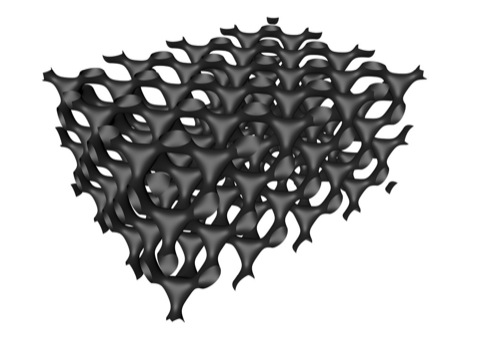
The Anacail project, from the University of Glasgow working with Jonathan Butters, has seen the development of a safe and reliable way to generate ozone gas in a sealed pack, which means the powerful germicide can be used in food packaging.
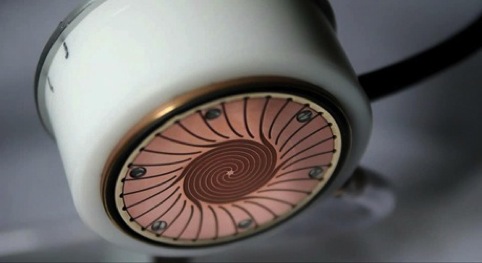
Ellie Runcie, head of the Design Council’s university mentoring programme, says, ‘The transition from the lab to the market is tough and design – which is often overlooked during the critical early stages – is a significant factor in shaping user-friendly marketable products and services for the future.
‘New UK companies, even whole industries, could result from the technologies we’re unveiling today, and that could mean a major boost to economic growth, jobs, and a better quality of life.’
-
Post a comment




